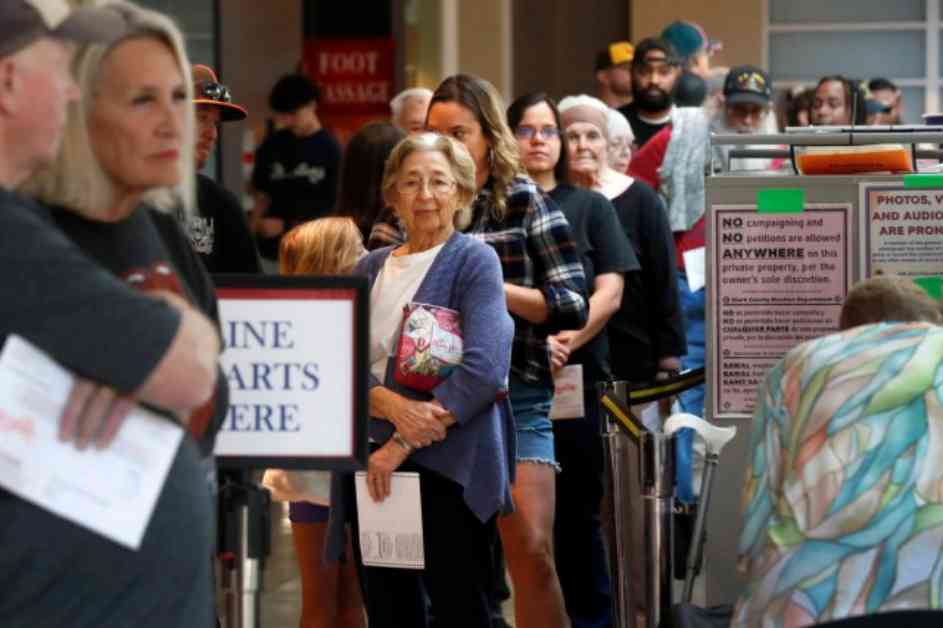In the United States, each state has its own set of rules regarding voter identification requirements. Some states have strict photo ID requirements, while others do not require any form of identification at all. Let’s take a look at some of the states that have specific policies in place.
Alabama is one state that requires voters to present a photo ID when voting. However, obtaining a free photo ID is possible through various locations, including the Alabama Secretary of State’s office or county registrar’s office.
In Alaska, voters must provide a valid form of identification at the polls, but it does not necessarily need to include a photo. Election officials can waive the identification requirement for first-time voters who registered without providing identification.
Arizona also requires some form of identification at the polls, regardless of whether it includes a photo. Voters can present either a photo ID with their name and address or two non-photo IDs with the same information.
Arkansas has a strict photo ID requirement for voting, and the ID must include the voter’s name and photograph. Acceptable forms of ID must be issued by the United States, the State of Arkansas, or an accredited postsecondary educational institution in the state.
California, on the other hand, does not require any form of identification for most voters at the polls. However, first-time voters who registered by mail without providing additional identification may be asked to show proof.
In Colorado, voters must provide valid identification if voting in person, but it does not have to include a photo. Additionally, voters may need to include a photocopy of their ID when voting by mail for the first time.
Connecticut requires some form of identification at the polls, but it does not have to include a photo. Voters who do not present the required ID can sign an affidavit with their name, address, and date of birth to confirm their eligibility.
Overall, voter ID laws vary significantly from state to state, with some states having strict photo ID requirements, while others have more relaxed rules. Understanding these requirements is essential for voters to ensure they can participate in the democratic process effectively.


